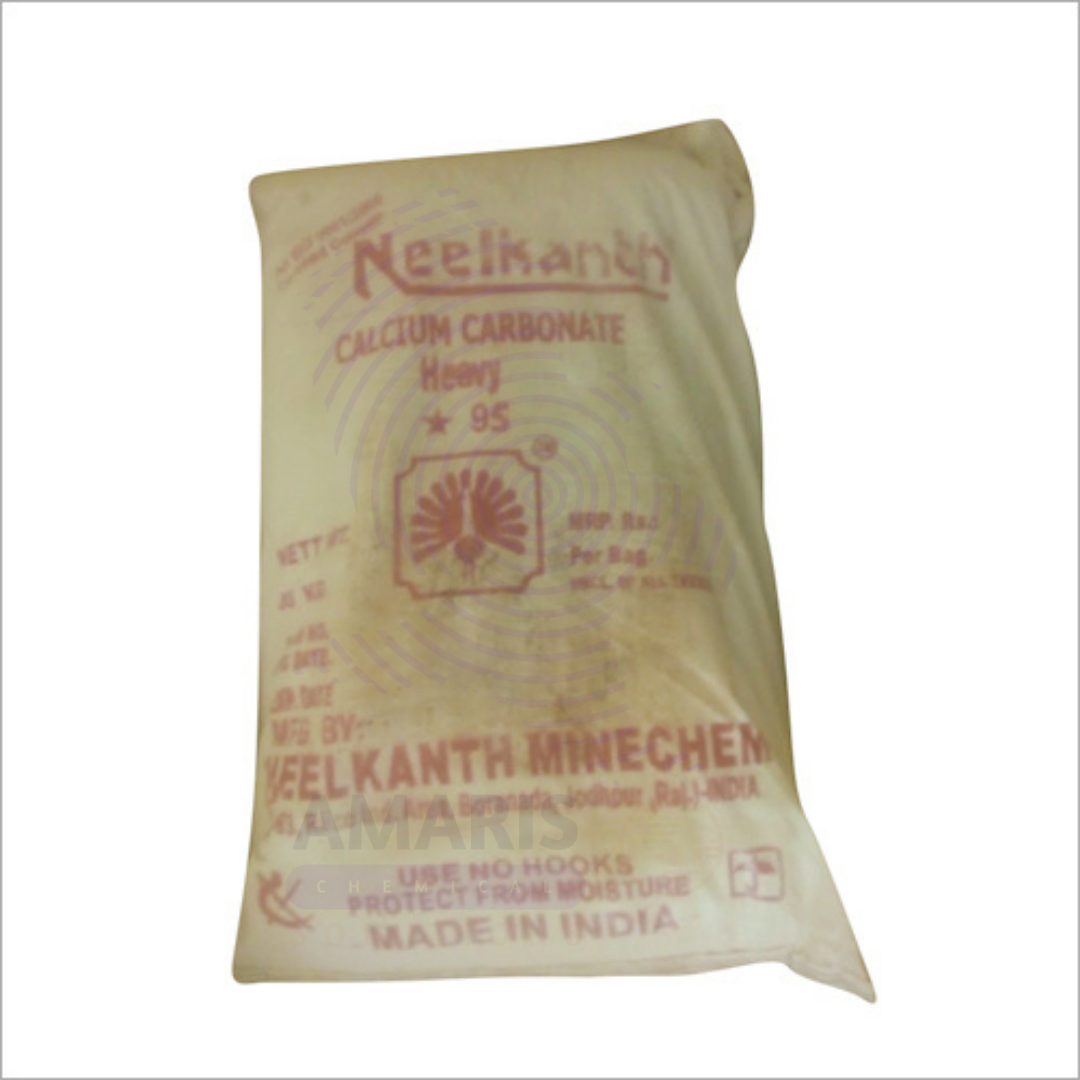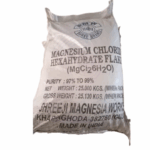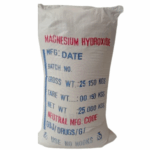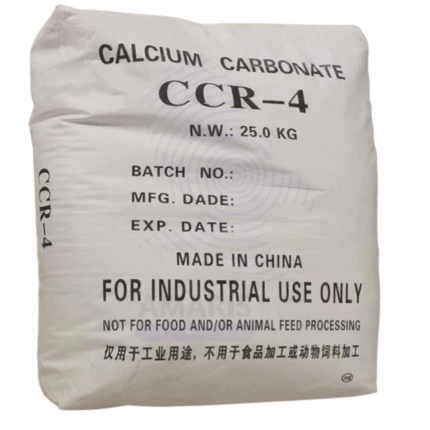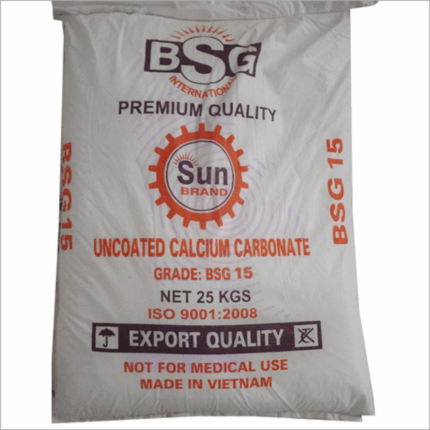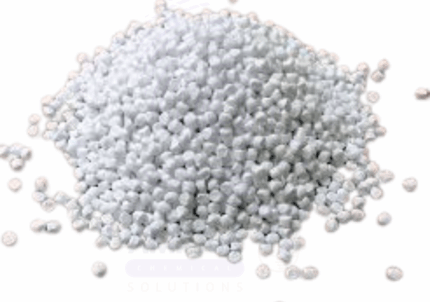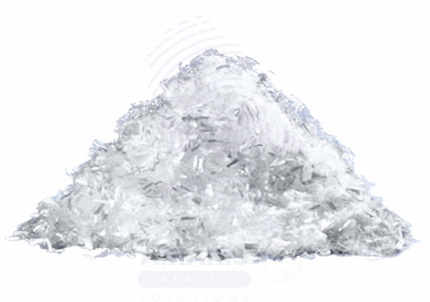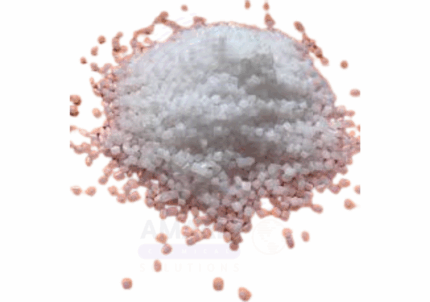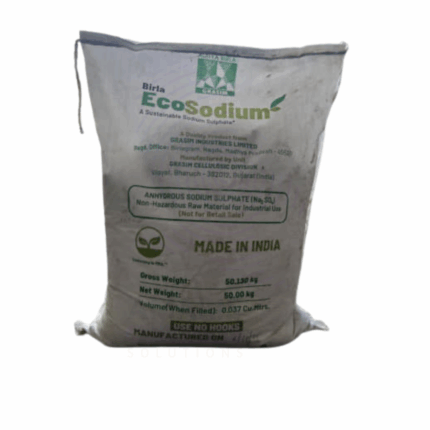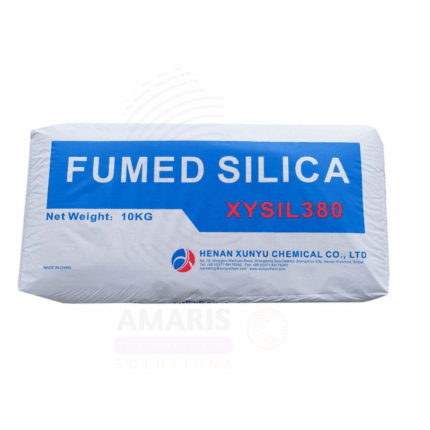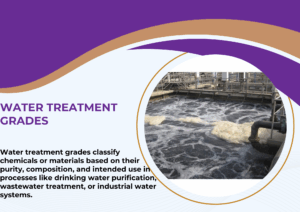Calcium Carbonate Heavy
$ 1.05 Original price was: $ 1.05.$ 0.93Current price is: $ 0.93.
Calcium Carbonate Heavy is a high-density, finely ground, natural mineral primarily composed of calcium carbonate (CaCO₃). Known for its higher bulk density compared to regular grades, this filler is widely used in applications requiring enhanced weight, opacity, and strength. It is commonly employed as a functional filler and extender in industries such as plastics, paints, coatings, adhesives, rubber, paper, and construction materials. Its inert nature, whiteness, and particle size distribution make it suitable for improving mechanical properties and surface finish, while also offering cost efficiency by replacing more expensive raw materials.
Calcium Carbonate Heavy
Primary Uses
- Plastics Industry
- Used as a heavy filler in polypropylene, polyethylene, PVC, and other polymers to improve density, stiffness, and impact resistance.
- Enhances dimensional stability and surface quality in molded, extruded, and calendared plastic products.
- Reduces overall production costs by substituting polymer content with mineral filler.
- Paints and Coatings
- Acts as an extender and pigment in solvent-based and water-based paints to improve opacity, whiteness, and durability.
- Enhances rheology and viscosity control in coating formulations.
- Rubber Industry
- Serves as a reinforcing and weighting filler in synthetic and natural rubber compounds.
- Improves hardness and abrasion resistance in rubber products.
- Paper Industry
- Applied as a filler to improve brightness, opacity, and printability of paper and paperboard.
- Construction Materials
- Used in cement, mortar, and plaster formulations to enhance strength and density.
- Acts as a filler in putty and sealants.
Secondary Uses
- Adhesives and Sealants
- Enhances body and performance characteristics in adhesives and sealants.
- Agriculture
- Occasionally used as a soil amendment to adjust pH and improve soil quality.
- Food Industry
- Sometimes employed as a calcium supplement or anti-caking agent in specific food-grade applications (subject to regulatory compliance).
1. Basic Identification Attributes
- Chemical Name (IUPAC): Calcium carbonate
- Common/Trade Name: Calcium Carbonate Heavy
- CAS Number: 471-34-1
- HS Code: 2836.50.00
- Molecular Formula: CaCO₃
- Synonyms:
- Heavy calcium carbonate
- High bulk density calcium carbonate
- Dense calcium carbonate filler
2. Physical & Chemical Properties
- Physical State: Fine white powder
- Color & Odor: White; odorless
- Bulk Density: Typically higher than standard grades; approx. 1.2–1.4 g/cm³ (varies by product specification)
- Particle Size: Typically micron-sized particles optimized for uniform dispersion
- Specific Surface Area: Moderate, depending on grinding and classification
- Density: True density approx. 2.7–2.8 g/cm³
- Solubility: Insoluble in water; reacts with acids releasing CO₂ gas
- pH: Slightly alkaline when suspended in water (pH ~9)
- Melting Point: Decomposes at ~825°C with release of CO₂
- Stability: Chemically inert and stable under normal conditions
3. Safety & Hazard Attributes
- Hazard Class (GHS): Not classified as hazardous; nuisance dust
- NFPA Ratings:
- Health: 1
- Flammability: 0
- Reactivity: 0
- Exposure Limits: OSHA PEL for calcium carbonate dust: 15 mg/m³ (total dust)
- Toxicity: Low acute toxicity; inhalation of dust may cause respiratory irritation
- Reactivity: Stable; avoid contact with strong acids which release CO₂
4. Storage & Handling Attributes
- Storage Conditions: Store in a dry, well-ventilated area away from moisture
- Container Type: Supplied in bags, bulk bags, or silos with dust control measures
- Shelf Life: Indefinite if stored under proper conditions
- Special Handling: Use PPE to avoid dust inhalation and contact
5. Regulatory & Compliance Attributes
- FDA Status: Depending on grade, may be approved for indirect food contact or pharmaceutical use (check regulatory compliance)
- Transportation: Not regulated as hazardous
- Waste Disposal: Dispose in accordance with local regulations; considered non-hazardous industrial waste
6. Environmental & Health Impact
- Ecotoxicity: Low environmental impact; naturally occurring mineral
- Persistence: Persistent and chemically inert in the environment
- Bioaccumulation: Not expected to bioaccumulate
- Carcinogenicity/Mutagenicity: Not classified as carcinogenic or mutagenic
- Biodegradability: Not biodegradable
Safety Handling Precautions
Personal Protective Equipment (PPE):
- Dust mask or respirator (NIOSH-approved)
- Gloves
- Safety goggles
- Protective clothing
Handling Measures:
- Minimize dust generation
- Use local exhaust ventilation or dust extraction
- Handle in well-ventilated spaces
Storage Measures:
- Keep containers tightly closed and dry
- Protect from moisture and acids
Hygiene Practices:
- Wash hands thoroughly after handling
- Avoid eating, drinking, or smoking during handling
First Aid Measures
- Inhalation: Move to fresh air; seek medical attention if respiratory symptoms occur
- Skin Contact: Wash with soap and water; seek medical advice if irritation develops
- Eye Contact: Rinse eyes with plenty of water for at least 15 minutes; seek medical help if irritation persists
- Ingestion: Low toxicity; rinse mouth and seek medical attention if large amounts ingested
Firefighting Measures
- Fire Hazards: Non-flammable
- Extinguishing Media: Use water spray, foam, dry chemical, or CO₂ as appropriate for surrounding fire
- Special Precautions: None specific; decomposition at very high temperature releases CO₂
- Decomposition Products: Carbon dioxide gas


 Preservatives(food)
Preservatives(food) Flavor Enhancers
Flavor Enhancers Acidulants
Acidulants Sweeteners
Sweeteners Antioxidants
Antioxidants Colorants(food)
Colorants(food) Nutraceutical Ingredients (food)
Nutraceutical Ingredients (food) Nutrient Supplements
Nutrient Supplements Emulsifiers
Emulsifiers
 Collectors
Collectors Dust Suppressants
Dust Suppressants Explosives and Blasting Agents
Explosives and Blasting Agents Flocculants and Coagulants
Flocculants and Coagulants Frothers
Frothers Leaching Agents
Leaching Agents pH Modifiers
pH Modifiers Precious Metal Extraction Agents
Precious Metal Extraction Agents
 Antioxidants(plastic)
Antioxidants(plastic) Colorants (Pigments, Dyes)
Colorants (Pigments, Dyes) Fillers and Reinforcements
Fillers and Reinforcements Flame Retardants
Flame Retardants Monomers
Monomers Plasticizers
Plasticizers Polymerization Initiators
Polymerization Initiators Stabilizers (UV, Heat)
Stabilizers (UV, Heat)
 Antifoaming Agents
Antifoaming Agents Chelating Agents
Chelating Agents Coagulants and Flocculants
Coagulants and Flocculants Corrosion Inhibitors
Corrosion Inhibitors Disinfectants and Biocides
Disinfectants and Biocides Oxidizing Agents
Oxidizing Agents pH Adjusters
pH Adjusters Scale Inhibitors( water)
Scale Inhibitors( water)
 Antioxidants(cosmetic)
Antioxidants(cosmetic) Emollients
Emollients Fragrances and Essential Oils
Fragrances and Essential Oils Humectants
Humectants Preservatives
Preservatives Surfactants(cosmetic)
Surfactants(cosmetic) Thickeners
Thickeners UV Filters
UV Filters
 Fertilizers
Fertilizers Soil Conditioners
Soil Conditioners Plant Growth Regulators
Plant Growth Regulators Animal Feed Additives
Animal Feed Additives Biostimulants
Biostimulants Pesticides (Herbicides, Insecticides, Fungicides)
Pesticides (Herbicides, Insecticides, Fungicides)
 Active Pharmaceutical Ingredients (APIs)
Active Pharmaceutical Ingredients (APIs) Excipients
Excipients Solvents(pharmaceutical)
Solvents(pharmaceutical) Antibiotics
Antibiotics Antiseptics and Disinfectants
Antiseptics and Disinfectants Vaccine Adjuvants
Vaccine Adjuvants Nutraceutical Ingredients (pharmaceutical)
Nutraceutical Ingredients (pharmaceutical) Analgesics & Antipyretics
Analgesics & Antipyretics
 Analytical Reagents
Analytical Reagents Solvents(lab)
Solvents(lab) Chromatography Chemicals
Chromatography Chemicals Spectroscopy Reagents
Spectroscopy Reagents microbiology-and-cell-culture-reagents
microbiology-and-cell-culture-reagents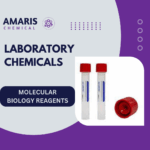 Molecular Biology Reagents
Molecular Biology Reagents Biochemical Reagents
Biochemical Reagents Inorganic and Organic Standards
Inorganic and Organic Standards Laboratory Safety Chemicals
Laboratory Safety Chemicals Specialty Laboratory Chemicals(Special Laboratory Equipment)
Specialty Laboratory Chemicals(Special Laboratory Equipment)
 Demulsifiers
Demulsifiers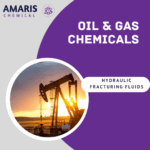 Hydraulic Fracturing Fluids
Hydraulic Fracturing Fluids Scale Inhibitors(oil)
Scale Inhibitors(oil) Surfactants(oil)
Surfactants(oil)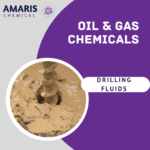 Drilling Fluids
Drilling Fluids
 Dyes and Pigments
Dyes and Pigments Bleaching Agents
Bleaching Agents Softening Agents
Softening Agents Finishing Agents
Finishing Agents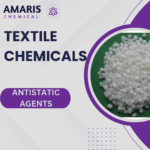 Antistatic Agents
Antistatic Agents
 Admixtures
Admixtures Waterproofing Agents
Waterproofing Agents Sealants and Adhesives
Sealants and Adhesives Curing Compounds
Curing Compounds Concrete Repair Chemicals
Concrete Repair Chemicals Anti-Corrosion Coatings
Anti-Corrosion Coatings
 Surfactants(cleaning)
Surfactants(cleaning) Builders
Builders Enzymes
Enzymes Solvents (Cleaning)
Solvents (Cleaning) Fragrances
Fragrances
 Electronic Chemicals
Electronic Chemicals Catalysts
Catalysts Lubricants
Lubricants Photographic Chemicals
Photographic Chemicals Refrigerants
Refrigerants Automotive chemicals
Automotive chemicals Pyrotechnic Chemicals
Pyrotechnic Chemicals
 Biodegradable Surfactants
Biodegradable Surfactants Bio-based Solvents
Bio-based Solvents Renewable Polymers
Renewable Polymers Carbon Capture Chemicals
Carbon Capture Chemicals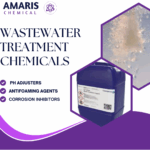 Wastewater Treatment Chemicals
Wastewater Treatment Chemicals
 Pigments
Pigments Solvents(paint)
Solvents(paint) Specialty Coatings
Specialty Coatings Binders/Resins
Binders/Resins Additives
Additives Driers
Driers Anti-Corrosion Agents
Anti-Corrosion Agents Functional Coatings
Functional Coatings Application-Specific Coatings
Application-Specific Coatings
 Fresh Herbs
Fresh Herbs Ground Spices
Ground Spices Whole Spices
Whole Spices Spice Blends
Spice Blends Dried Herbs
Dried Herbs
 Leavening Agents
Leavening Agents Dough Conditioners
Dough Conditioners Flour Treatments
Flour Treatments Fat Replacers
Fat Replacers Decoratives
Decoratives Preservatives(baking)
Preservatives(baking)
 Plasticizers & Softeners
Plasticizers & Softeners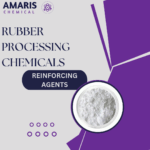 Reinforcing Agents
Reinforcing Agents Adhesion Promoters
Adhesion Promoters Vulcanizing Agents
Vulcanizing Agents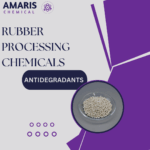 Antidegradants
Antidegradants Blowing Agents
Blowing Agents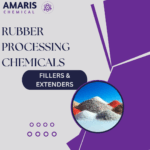 Fillers & Extenders
Fillers & Extenders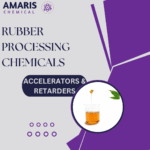 Accelerators & Retarders
Accelerators & Retarders